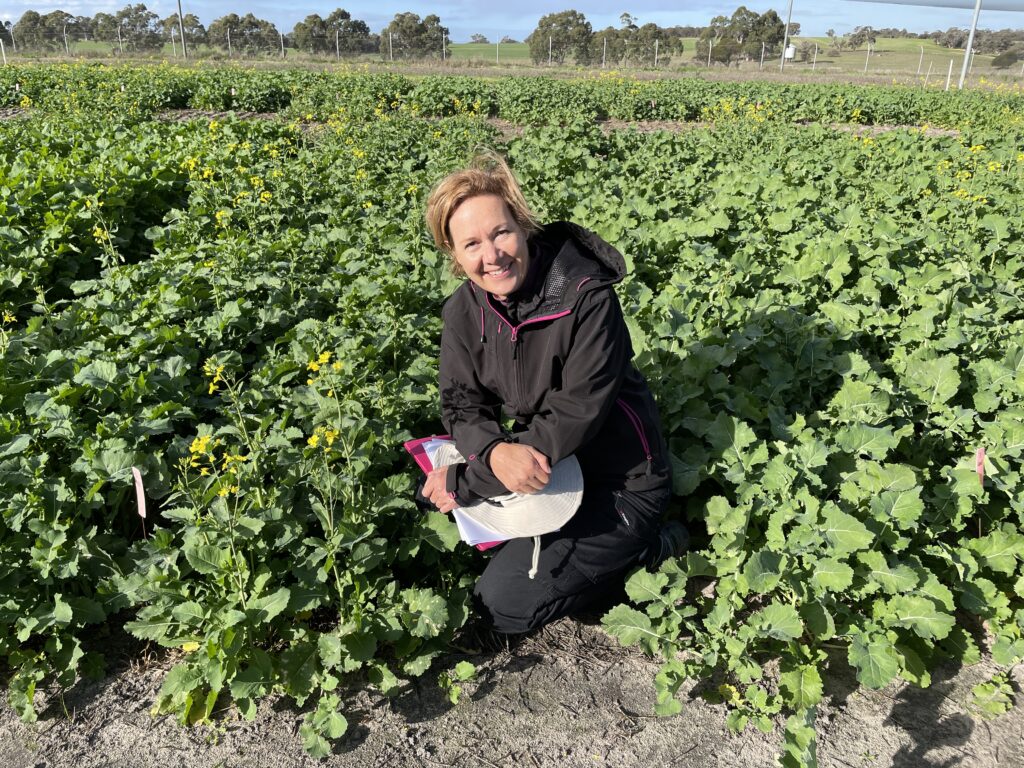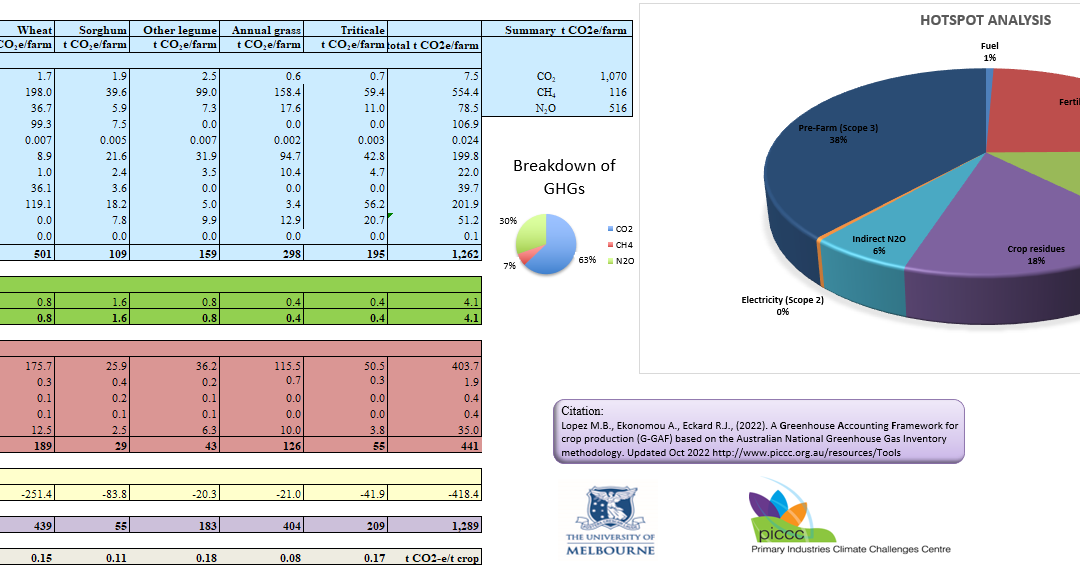Grains emissions accounting workshops at GRDC Updates
At the upcoming Grains Research Update in Perth on February 27 and 28, DPIRD Research Scientist Jackie Bucat will be providing one-on-one grains emissions accounting workshops.
Background
A prime opportunity to join the carbon conversation and become familiar with emissions accounting is set to be provided to consultants, agronomists and other industry services at the upcoming Grains Research Updates in Perth.
During the concurrent sessions at the Updates on February 27 and 28, Department of Primary Industries and Regional Development (DPIRD) Research Scientist Jackie Bucat will be offering mini grains emissions accounting workshops.
The one-on-one sessions will run for 30 minutes at the DPIRD booth and will focus on the Grains Greenhouse Accounting Framework (G-GAF) calculator, available from Primary Industries Climate Challenges Centre (PICCC).
Attendees at the workshops will be able to familiarise themselves with the tool through a dry run of actual or example data, as well as run comparisons of emissions between crops or paddock activities.
Ms Bucat will also be giving a short presentation during the “Reducing grain farming emissions” focus session from 1.30pm on day two of the Updates – February 28.
About the research / researcher
Ms Bucat is generally known for canola agronomy research but is currently contributing to a range of DPIRD carbon projects, including looking into the sources of agricultural emissions in the cropping sector and what can be targeted for reduction.

The largest source of broadacre cropping emissions is from synthetic nitrogen use, crop residues and liming.
Liming is needed to maintain productivity and emissions from residues are proportional to yields, so decreasing either of those is not the best option.
That leaves synthetic fertiliser as the key area where growers can reduce emissions.
The emissions loss for nitrification and denitrification, volatilisation and leaching are similar for all nitrogen fertilisers, based on the nitrogen content.
However, urea has an additional area of loss.
That is because carbon dioxide is absorbed when urea is formed and when it is applied to a crop that carbon dioxide is released, giving it a higher carbon footprint than the other nitrogen fertilisers.
With a reduction in the use of urea, in favour of UAN or Flexi-N, crop emissions have been reduced as these fertilisers only contain around 30 per cent urea.
Benefit to growers
Anything growers can do to reduce volatilisation and leaching, or better match nitrogen fertiliser application to crop growth, could contribute to emissions reduction or reduction in emissions intensity.
Figuring out where emissions are coming from on farm is the first step in reducing them and that’s what Ms Bucat’s workshops will help attendees to do.
Spaces are limited with only nine available across the two days and registrations can be made by emailing jackie.bucat@dpird.wa.gov.au
Contact
For more information, please contact:
DPIRD Research Scientist Jackie Bucat
jackie.bucat@dpird.wa.gov.au or 0434 774 180

